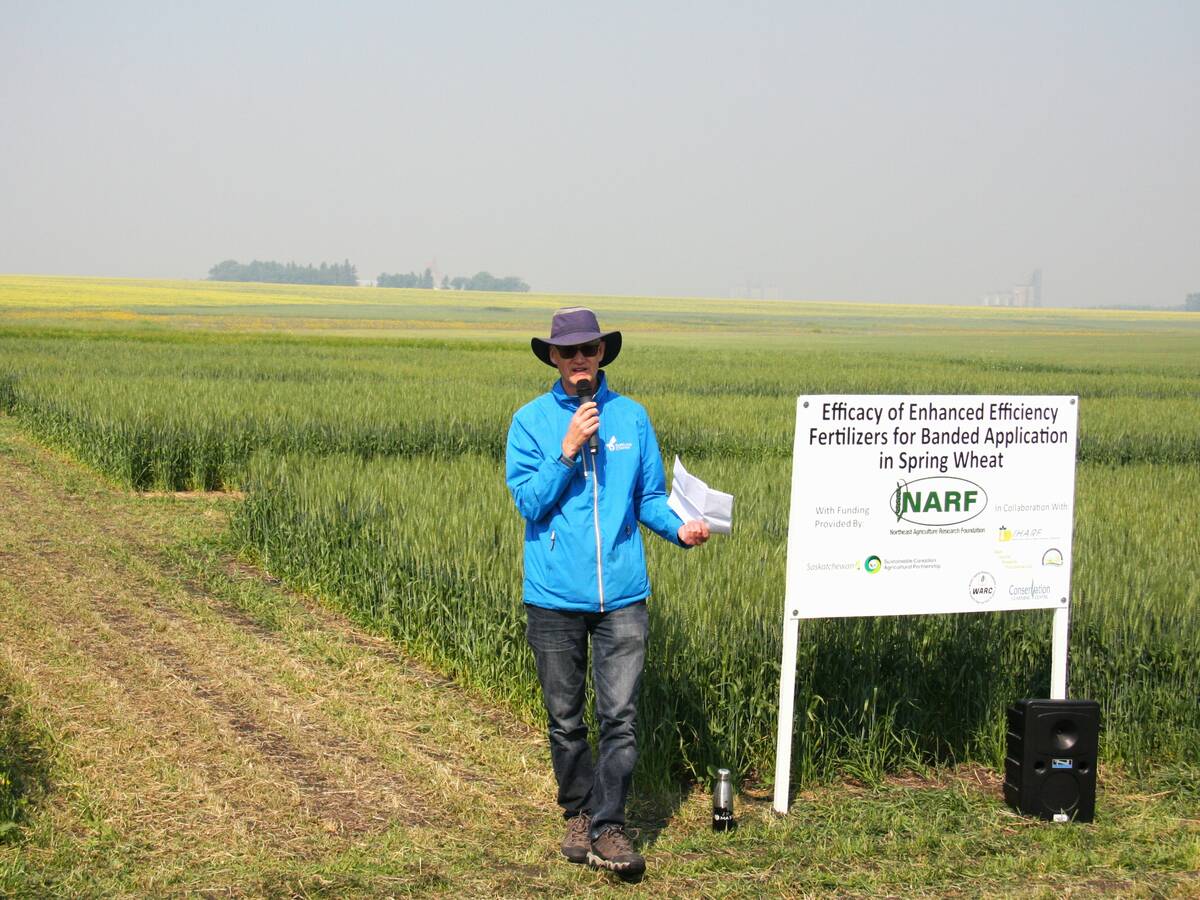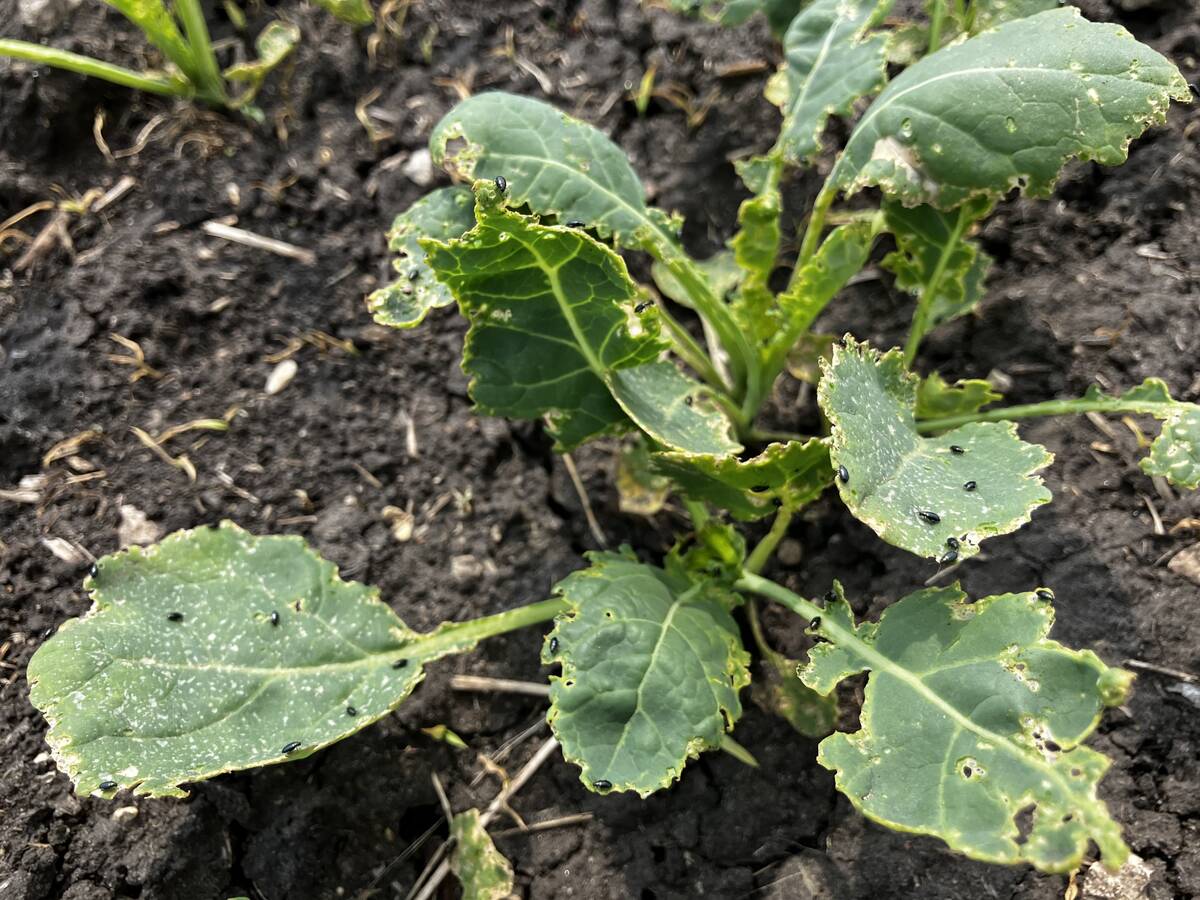Glacier FarmMedia – There are 86 species of flea beetles in Manitoba.
Not all are harmful. Some types, for example, have been tapped as biocontrol against invasive weeds such as leafy spurge.
The ones that do damage crops, however, do a lot of damage.
Read Also

Fertilizer method’s link to emissions studied
A researcher says others studying greenhouse gas emissions aren’t considering how the loss of nitrogen into the atmosphere correlates with fertilizer application or if there is an impact to yield.
The province says about 10 of Manitoba’s 86 species are canola eaters. Of those, only two are likely to appear in high numbers: crucifer and striped.
The flea beetle pressure this year is moderate to high, said John Gavloski, entomologist with Manitoba Agriculture.
“It depends where you are,” he said.
“I’ve had reports from some growers and agronomists that there has been some foliar spraying for flea beetles.”
It appears that only one of the two common pest flea beetle species is being observed in any significant number thus far.
“In the plots here, it’s been predominantly crucifer flea beetle for at least the last couple of weeks,” said Gavloski.
“Even earlier than that, we just weren’t seeing a lot of the striped flea beetle this year, which is very interesting.”
Gavloski has noted the trend in recent pest updates, which the provincial agriculture department publishes regularly.
Gavloski said seed treatments appear to be holding flea beetles at bay.
While there have been some foliar insecticides for flea beetles applied by canola growers, he also said in the June 5 pest update that lower levels of the insects have started being reported.
If canola growers do need to consider an insecticide application, Gavloski said it’s best to target “action thresholds.”
“It’s roughly 25 per cent defoliation to the cotyledons and the first one or two true leaves that are coming out of the plant,” he said.
That can be tricky to gauge, he added. It can also be subjective. Eyes are often quickly drawn to leaf damage.
“It’s really easy to overestimate,” said Gavloski.
“We do have some charts and guides that people can use as a tool, just to help them do a good job getting their assessments done.”
Gavloski said insecticide treatments on canola seed generally work for about three weeks.
“You can get anywhere from three to maybe four weeks of protection, even with the higher end seed treatments, depending on the weather,” he said.
“What puts growers at a greater risk is really anything that holds the plants in that seedling stage for a prolonged period of time.”


















